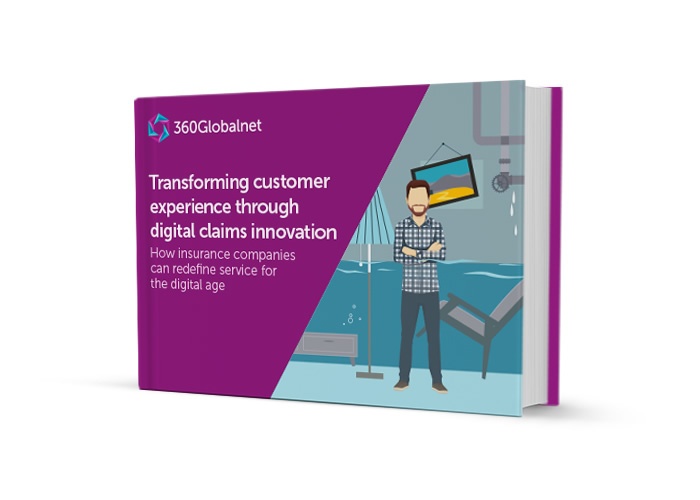When it comes to delivering a digital claims strategy, you must be very clear what your goals should be - at the end of the day, like standing back and admiring a piece of art, you should have a view of what 'good' looks like.
Objectives relating to digital claims - the proportion of claims that actually make it through a digital channel - should be ambitious. Technology has become the great enabler, giving us all chance to re-think how claims can be managed, digitized and automated.
Programs to digitize claims are not normally end-to-end claims managers. They are often multiple point-solutions, procured at different times, and ineffectively stitched together with perhaps a web form front end without any connection to any back office system. Drawing the painting in this way - tackling individual pain points without a wholistic approach - will never produce a masterpeice. It will always result in various compromises and bottlenecks within the system.
Since one of the primary motives for "going digital" will be to create a more efficient organization through cost optimization, potential barriers must be identified, understood and managed or eliminated.
All the things inside the ZOUD are the colors on the pallet, but without a clear picture of what you want to draw, you'll never be able to paint the perfect peice of art. Unless the "uncomfortable debate" takes place, ambitious goals such as for example, 90% digital penetration leading to 65% reduction in call based communications will never be met.
Here are the 7 areas of the painting which must be clarified before the brush touches the canvas:
-
Customer Effort: this must be kept at a minimum; if a policyholder wants to report their claim and is willing to do that digitally, ensure that the effort is kept to a minimum. If they are asked, for instance, to create an account and log in to report a claim then this is too much effort, similarly if they are asked to download an app. Then it's all too easy to call the claim in, or have your agent do it for you.
-
Lack of Automation: eFNOL is the key, but not the treasure. It opens to the door for automation to take place but I still see insures revert to an administratively intensive and human driven process - when, for the simplest of claims, the possibility of STP is actually a reality. Additionally, all status updates should be automated thus removing the need for status update calls.
-
Agent Engagement: where the distribution model is agent led it is inevitable that the relationship between agent and their customer will be strong, and the agent will want to provide the best service possible. However, retail giants such as amazon have changed customer expectations forever are and policyholders are choosing the digital route and expect to enjoy the same benefits of speed and great communication.
-
Culture and Mindset: a path to true digital success is not just about technology. I once heard that if you pit a bad attitude against a great system guess who will win? A successful, disruptive, transformative digital program will be driven by the people. Their understanding and buy-in is critical and the amount of work needed to communicate the change and benefits to all stakeholders should not be underestimated.
-
Lack of Ambition: have you ever heard of the expression "acceptable underperformance"? This is where targets do not reflect the potential of the digital platform and process. I know that the natural level of engagement (assuming no barriers) is somewhere around 35%. That's 35% of policyholders will submit a claim online, without calling their insurer, IF there are no barriers. I also know that 95% of claims that are called in can be converted into a digital channel with the promise of speed and visibility. Make targets ambitious, understand and eliminate the barriers, then single digit digital usage rapidly becomes a thing of the past.
-
Strategy vs Tactics: overburdened IT functions often have different parts of the business clamoring for attention and resource. This has and will lead to some short-term decisions being made, some very neat solutions being put into place, but not joined up. These often look the part, and can provide a better customer experience. However, because they're not joined up this can lead to duplicative work, zero cost benefit and siloed operations. A strategic view would examine the end-to-end requirement on day 1, which would have more chance of delivering an optimum solution.
-
Old Thinking: insurance has been around almost forever. The opportunity to move the giant ship that is the insurance industry is now greater than ever, and the timing has never been better.
We all have Zones of Uncomfortable Debate. For effective transformation these have to be identified and managed decisively. Then we see a coordinated, driven organization whose strategy can be based both on cost leadership AND differentiation - that's the goal and that's where we can help you.
At 360Globalnet, we live and breath digital claims and our multi award-winning no-code digital claims platform has been transforming some of the largest insurers in the world into claims management leaders. If you'd like to find out how we can help you strip the complexity from your multi point-solutions, drive down your operations costs and deliver a customer experience similar to that of the best online retailers, get in touch today.



